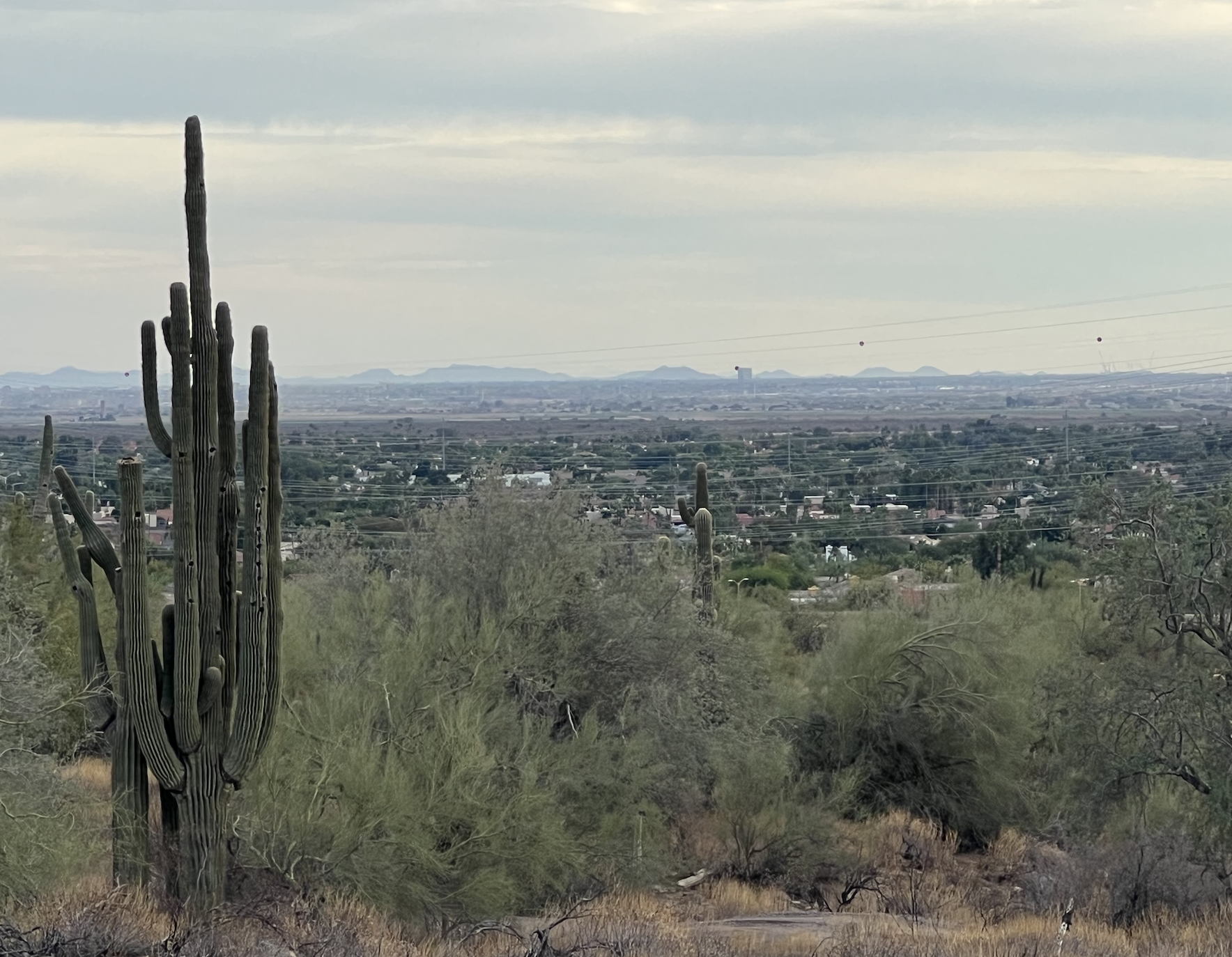Every time I work with a new client, in a first meeting, I give significant attention to what I want to ask them to start us in a good way. Typically this meeting is over the phone, or Skype, with anywhere from 1 – 5 people. Typically it is to plan some meeting or engagement that is anywhere from 1 – 9 months into the future.
Typically there are a few nerves in first meetings. Some of it is social. It’s natural — first meetings can draw out some anxieties. I feel some nerves in me. I want it to go well. I want to be honest. I want to be genuine. I want them to like me. The client is usually ready to jump right in, eager to get to the “how to do this” and the “how to do that.” It can be a bit like a first date on which one of the people starts asking about how many kids they want. Good question, just way too early.
Typically, after listening for a bit, I give them a really simplified narrative of what I believe we are trying to do together in that first meeting.
First, we are simply saying hello to each other. The hello matters. We are beginning a possible relationship together. I don’t want to be hired as a robotic facilitator and I don’t think they really want that either — “come do your thing, we will plug you in.” I want to see what kind of journey they are on and see where I might be helpful to them. Usually, when I say this to people, “we are just saying hello,” it slows us all down. It’s comforting. It’s an immediate and more helpful marker of whether we fit or not. I’m deliberately breaking a pattern (efficiency is everything) to offer a choice of not only how we are together, but how the group will be together for the engagement they are imagining.
Second, I ask two basic questions. “What is some of the story of what is going on here that has you wanting to do something?” I don’t ask for all of the story. It’s nutty to think that I will get all of the story (many sides to every story). I want to introduce them, from the get go, to a world of partial truths made up from perceptions. There is nothing dumb about the perceptions shared. It’s just that they are partial, and thus, help to make the case for listening well together, so that we might have our best chances of hearing the whole. The other part of this is that by invoking “story” it elicits, what Christina Baldwin has taught me, a somatic trance. Story immediately signals a different way of listening and engaging each other.
I take notes the whole time. Usually I use a planning tool, The Chaordic Stepping Stones (here’s a good version recently updated by my friend Chris Corrigan). This helps me to put information into a few categories that can help structure our next questions together.
The next question I ask is, “What is some of the broader story within which this is all taking place?” This invites them to speak about some more history and context. Or some bigger dreams and long horizons. I’m again being deliberate about seeing from many perspectives and giving them an immediate taste of something real, honest, and informative. A big part of the job is helping them see each other.
The third thing I do is share some of the choices that they have before them. I’ll reflect back some of what I heard. I’m usually translating the stories into a couple of key questions that if they addressed together, would help them with what they are up too. One of your choices is to engage each other, to be smart not just individually, but together. To start, or add to, their culture of turning to one another.
Then I encourage them to go away from the phone call, talk among themselves. I encourage them to discern in the best ways that they can, and to notice what stays with them, naturally, without trying.
That’s it. Those simple steps.


